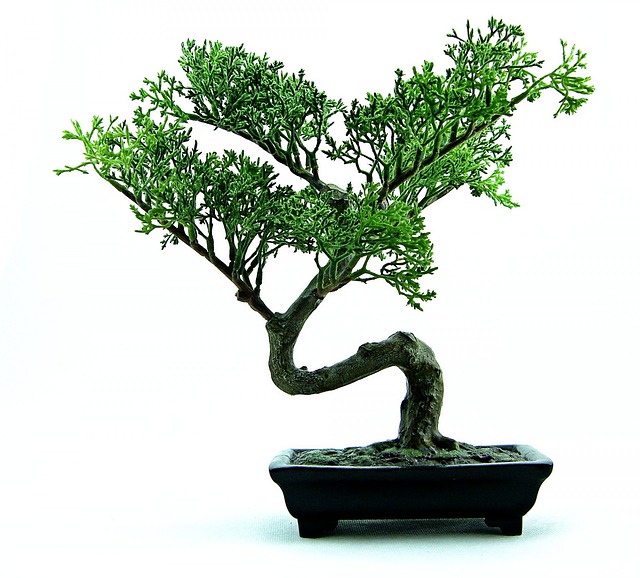This article has been taken from “Totally Bonsai A guide to growing, shaping, and caring for miniature trees and shrubs” by “Craig Coussin”. Buying Bonsai can be beneficial as they help in purifying the air in their surroundings. “Tree Trimming Oakland CA” provides relevant information on the same.
Most bonsai can be bought from specialist bonsai nurseries, and that is really the place to start. They will give you a choice, good advice, selection of species, accessories, and books.

Supermarkets and do- it- yourself stores may also sell bonsai but the staff do not generally know anything about them, so you may be buying a tree that is somewhat lacking in life. Day markets, garage sales, and the like are not the best place to buy. Stick to the specialist bonsai centers. But, no matter where you buy a bonsai, just ask yourself one question: Does this bonsai look like a miniature tree? If not, then it’s not a bonsai.
Too many times have I seen garden shrubs for a few dollars placed in a ceramic pot and sold for 20 or 30 times the price of doing that yourself. They look like garden shrubs but with the magic label “bonsai.” The buyer needs to think about it carefully and look at the tree and not the attractive pot and a few bits of rock.
Before you start, remember to ask some pertinent questions. Most bonsai nurseries I know are very well run and the owners and staff are very helpful. They should not object to your questions if they are a bona fide business.
Bonsai nurseries offer good advice, many run regular courses and generally ensure that you have the knowledge to grow, style or create a bonsai. There are many nurseries who dedicate themselves to bonsai because their owners are real enthusiasts. Every city has one or two specialists and you can find these in local telephone Yellow Pages or on the internet. There are also links on my own web site at www.bonsaiinformation.co.uk you can try out.
Here are some useful questions to ask a specialist.
Do you guarantee the tree will live if I follow your directions exactly?
Get a reasonable time frame here. A tree should last for at least six months and after that, with correct care, for as long as you own it.
Is it recently imported or grown on site?
If recently imported, make sure that the soil has been changed. Some imported trees can come potted in pure clay. As that is not a good growing medium, it should be discarded.
Is this an indoor or outdoor bonsai/ what is its name?
With this knowledge, you can refer to this book for tips on care.
How long is it since the tree was re-potted?
The answer to this question tells you whether the tree has good soil and whether, therefore, it will survive for sat least two years before it needs re-potting.
You could also ask if the nursery can give you a written care sheet for your chosen species.

Important tips when buying a bonsai
When you buy a bonsai check carefully that all the branches are full of life. A Shriveled bark and poor coloration of the foliage indicate desiccation. You should examine it carefully before you take it away, but sometimes you may not notice problems until you get your plant home. You now need to return the bonsai as soon as you can. If the tree is dead then you may well have bought an already dead tree.
Good bonsai nurseries do not purposefully sell dead or dying bonsai but you have certain legal rights that should ensure that you receive a product that is fit for its intended purpose. If you bought a tree that was supposed to be a live and followed the instructions carefully- as given in writing by the seller- and, after a couple of weeks, or even months, the tree dies, then do not assume it was your fault. The responsible nursery will wish to exchange the tree.
Continue reading on Landscape with trees

